
2013 national competition project | Library Redesign #110
Through the nearly 2 years I have been here, the library hasn't seemed to be a popular place to visit. Rarely do i visit out library to check out a book to read for classes, but other than that, myself, and other people to not seem to visit our library. Lincoln East's commons located right besides the library seems commonly visited during lunch for friends to gather and talk. Other than student gathering, the commons doesn't really have another purpose. I am proposing to fix this area of the library, which this other room is part of too.
Some history prior would include 2 major renovations to the school building. One of which adding the commons to the building instead of a larger outside area. This addition today adds on this somewhat large area for social gathering during lunch especially, as well as a smaller area to give a speech, or for a class to come together.
.png)


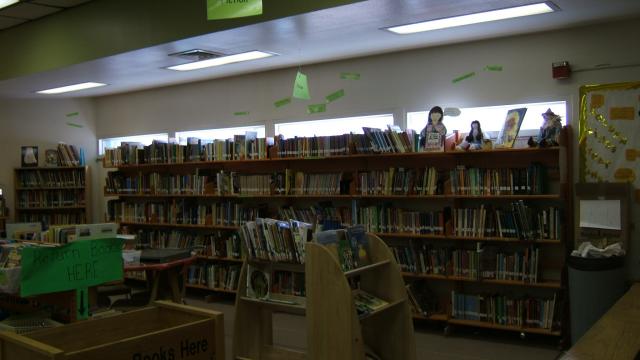
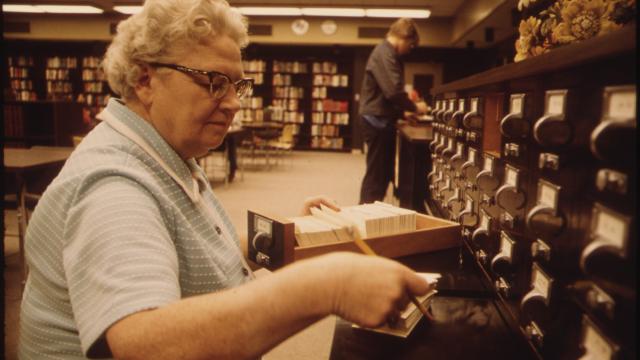

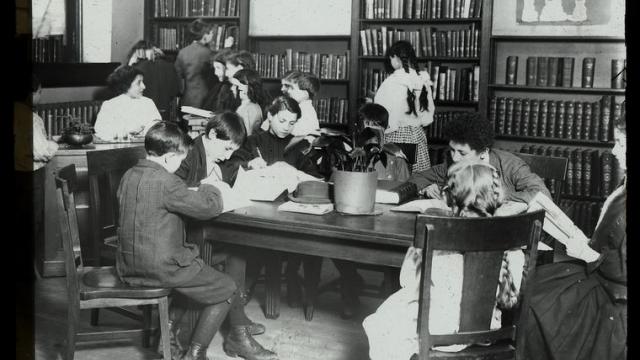
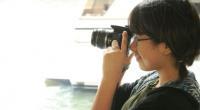





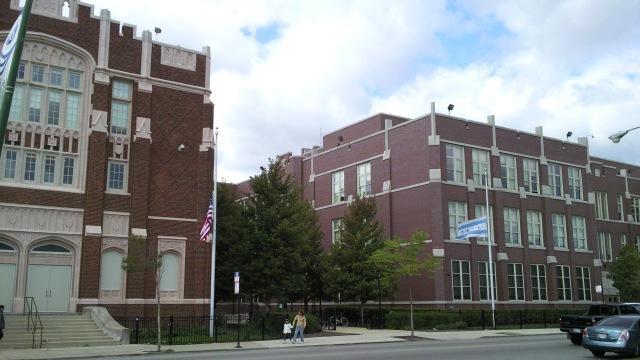
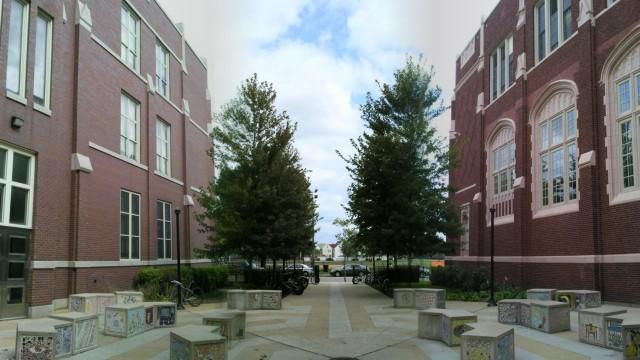
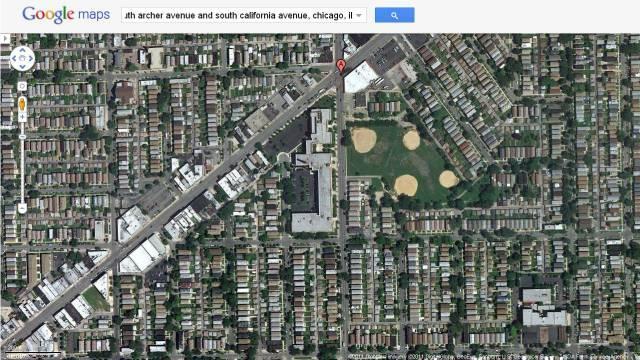
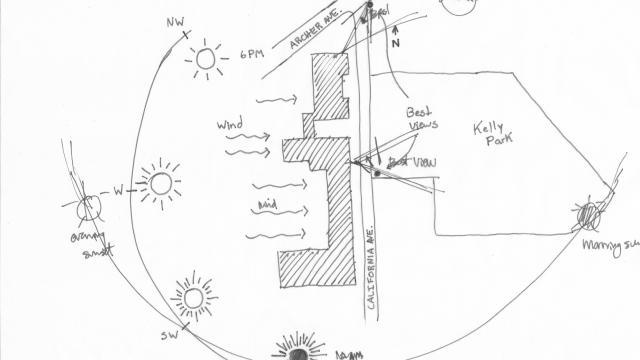
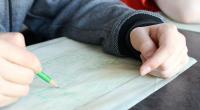





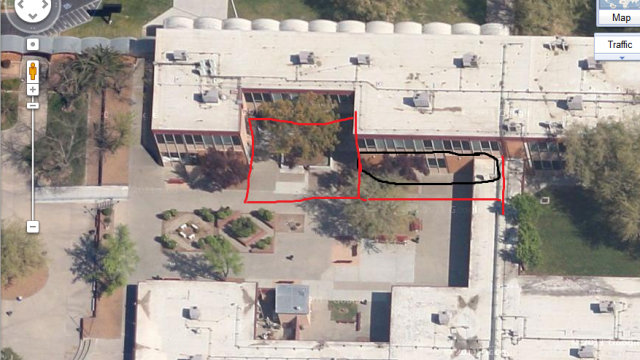
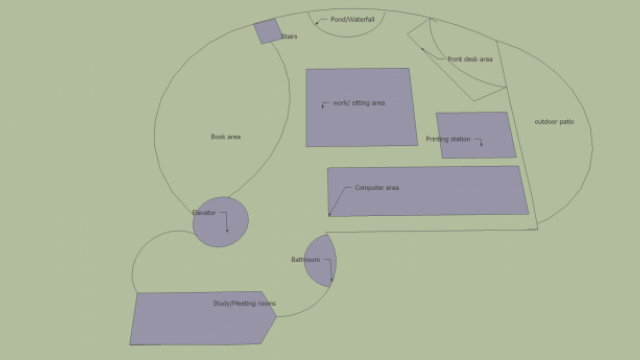
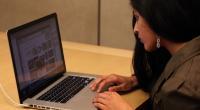



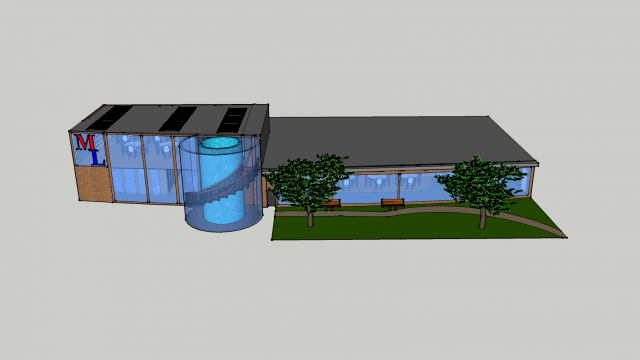
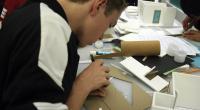





Comments
Good to see that you noted previous renovations here. It would have been helpful to reference this in later stages to see how that related to your project. Be careful to watch typos when preparing a presentation such as this.